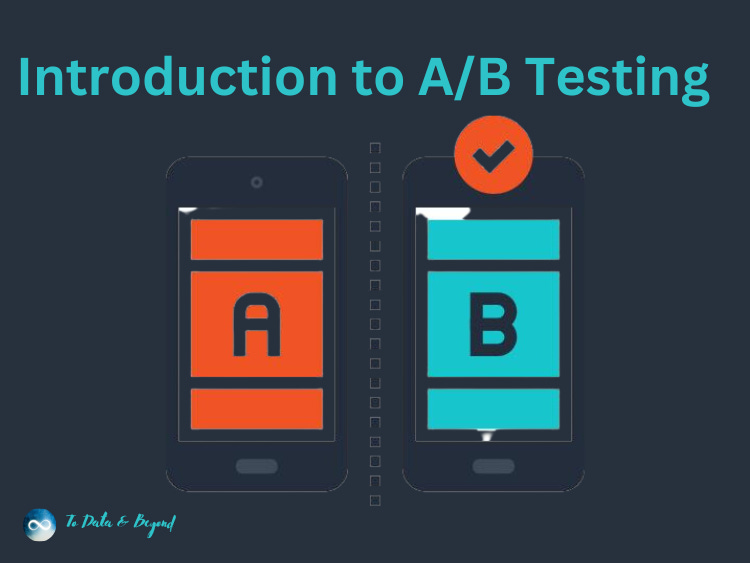Mastering A/B testing for Data Science Interviews: Introduction to A/B Testing
A/B testing is a powerful and widely used methodology in the field of data science, particularly in the realm of product development and user experience optimization. It offers a structured approach to test and compare two different versions of a product or feature to determine which one yields better results.
In this series of articles, we will cover everything you need to know to be able to master A/B testing for data science and data analysis interviews. We will start with an introduction to A/B testing in which we will delve into the fundamentals of A/B testing, its historical roots, practical case studies, its limitations, and alternative techniques to complement its findings.
Table of Contents:
What is A/B Testing?
History of A/B Testing
Should You Use A/B Testing for Every Change?
A/B Testing Practical Case Studies
What Are Things You Can’t Do With A/B Testing?
Other Techniques
Keep reading with a 7-day free trial
Subscribe to To Data & Beyond to keep reading this post and get 7 days of free access to the full post archives.


